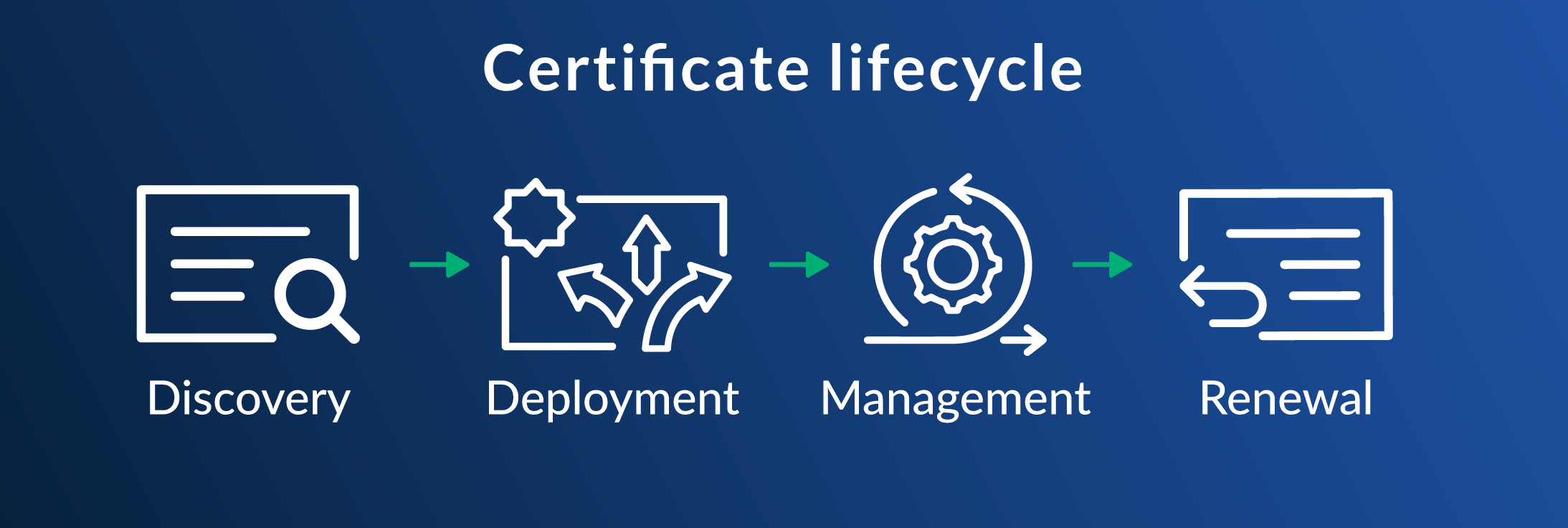How Can I Manage Certificates From Multiple Public CAs?
Should you purchase all your digital certificates from one Certificate Authority (CA) or get them from different ones?
Let's explore the pros and cons of using multiple CAs and how a robust, CA-agnostic Certificate Lifecycle Management (CLM) platform allows you to enjoy the benefits that several different CAs provide.
What are the benefits and challenges of using multiple CAs?
Consider these pros and cons when deciding whether to purchase digital certificates from multiple CAs.
The benefits:
- A second source allows your eggs to be spread across multiple technical baskets.
- There is flexibility in leveraging the best price for certificates.
The challenges:
- Coordinating multiple CAs is complex. A unified digital certificate management system is essential for streamlining workflows.
- Overlapping certificates may increase costs without improving security. Implement processes to avoid unnecessary redundancies.
- Managing multiple CAs requires more maintenance efforts. Consider the resources you need to handle the additional work.
Reap the benefits of multiple CAs with the right Certificate Lifecycle Management platform
You can benefit from using digital certificates issued by multiple CAs while mitigating potential issues with a robust certificate lifecycle management platform. A CA-agnostic CLM solution (i.e., compatible with multiple private certificates and public CAs) allows you to seamlessly integrate various digital certificates from different sources to centralize your certificate management processes.
The right CLM platform also provides a unified interface to simplify certificate issuance, renewal, and revocation and reduce operational complexity. Additionally, it offers robust automation features, such as certificate discovery and renewal, to help save time, minimize human errors, and avoid service disruptions.
The importance of using a CLM platform that meets your needs
Managing certificates from multiple CAs without a unified solution is a time-consuming and error-prone process that can cause operational inefficiencies and bottlenecks. Additionally, a platform that doesn't meet your needs can increase complexity instead of streamlining your CLM workflows.
Without a centralized platform, your team may struggle to gain complete control and visibility over the certificate landscape. You risk multiple teams, individuals, or business units investing redundant resources into managing their digital certificates. Meanwhile, a lack of automation raises costs associated with labor, certificate acquisition, and renewal fees.
A scattered and decentralized system also increases the challenges of enforcing consistent security policies, leading to security gaps, misconfigurations, vulnerabilities, and outages. It may also introduce difficulties in maintaining compliance with industry regulations while making auditing and reporting cumbersome and prone to error.
The biggest benefit of a CA-agnostic certificate management program is reducing the likelihood of outages. Managing CAs from multiple vendors across different systems increases the possibility of a certificate being missed and an outage ensuing. Open and interoperable solutions are crucial for enterprise IT leaders to be confident in their ability to manage digital security, and consolidating to one platform with a single interface is an obvious way to achieve this and remove unnecessary, and often costly, outage risk.

Manage certificates from multiple CAs with Sectigo Certificate Manager.
Using digital certificates from multiple CAs helps you improve resiliency, security, and flexibility. However, make sure you prevent potential pitfalls by implementing an airtight CLM process and using a robust CLM platform that supports your workflows and meets your needs.
Sectigo Certificate Manager (SCM) is a robust, CA-agnostic solution that allows you to discover, issue, renew, and manage different digital certificates from various CAs all in one place. You can orchestrate controlled transitions from one CA to another and use multiple CAs to avoid disruptions and outages caused by certificate revocation or expiration. You can also choose different CAs and certificates to meet various operational and organizational needs.
